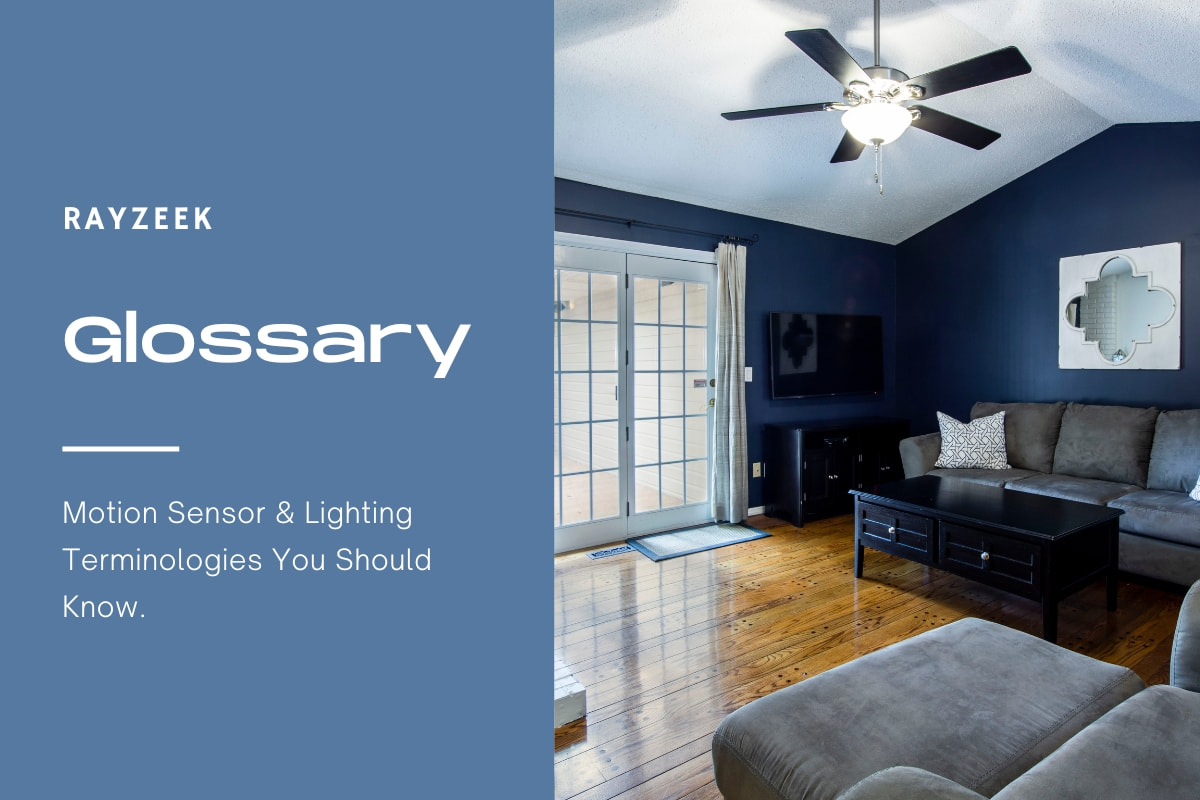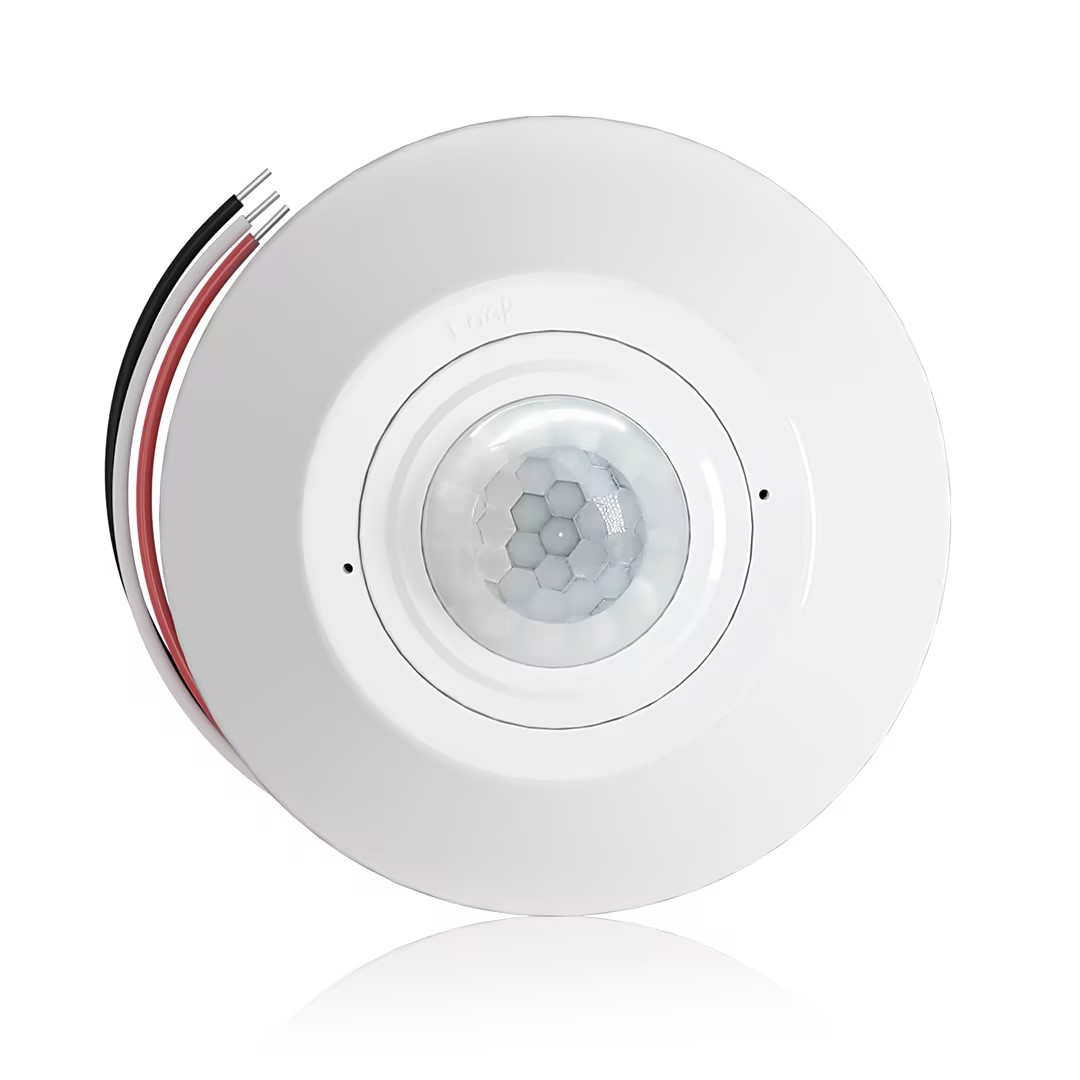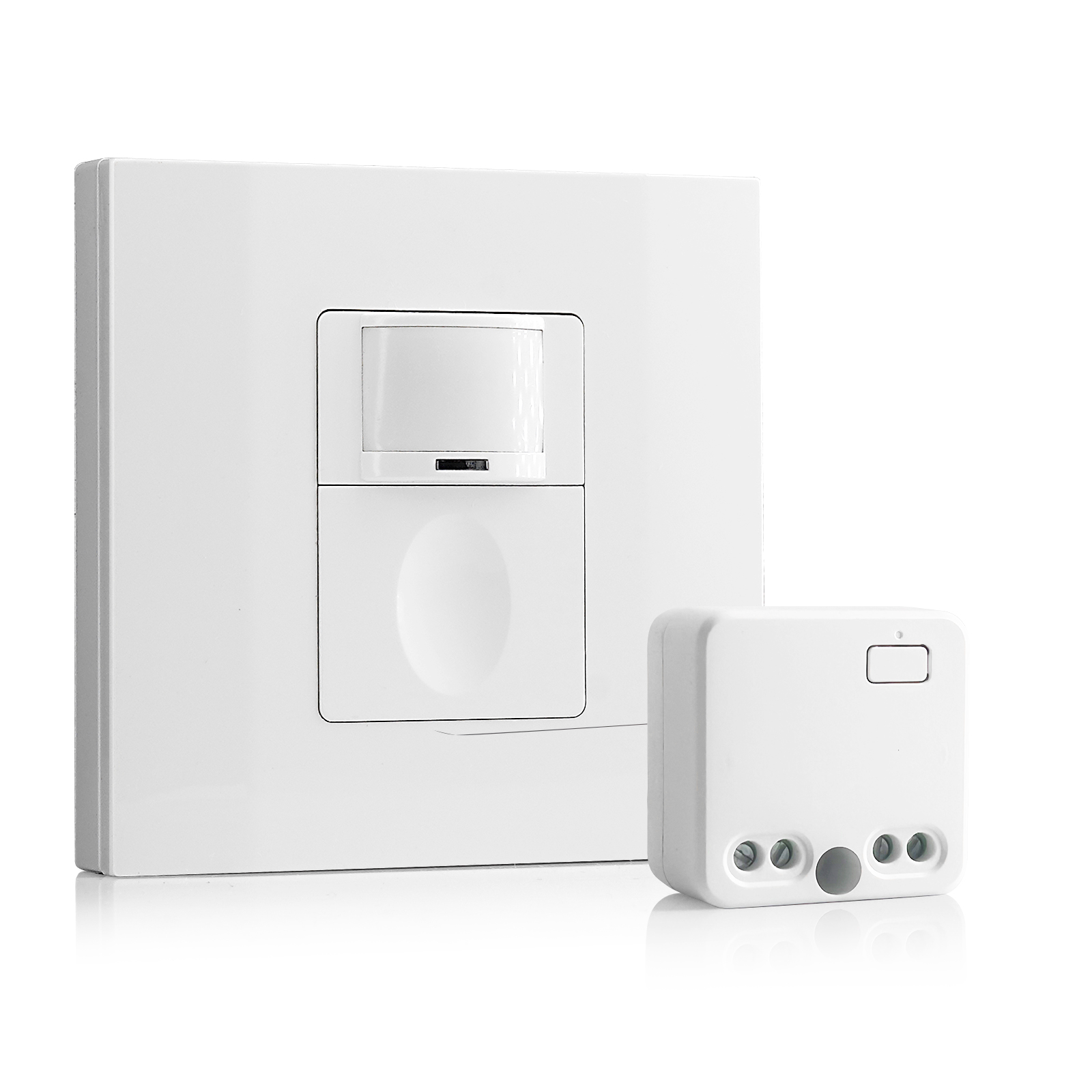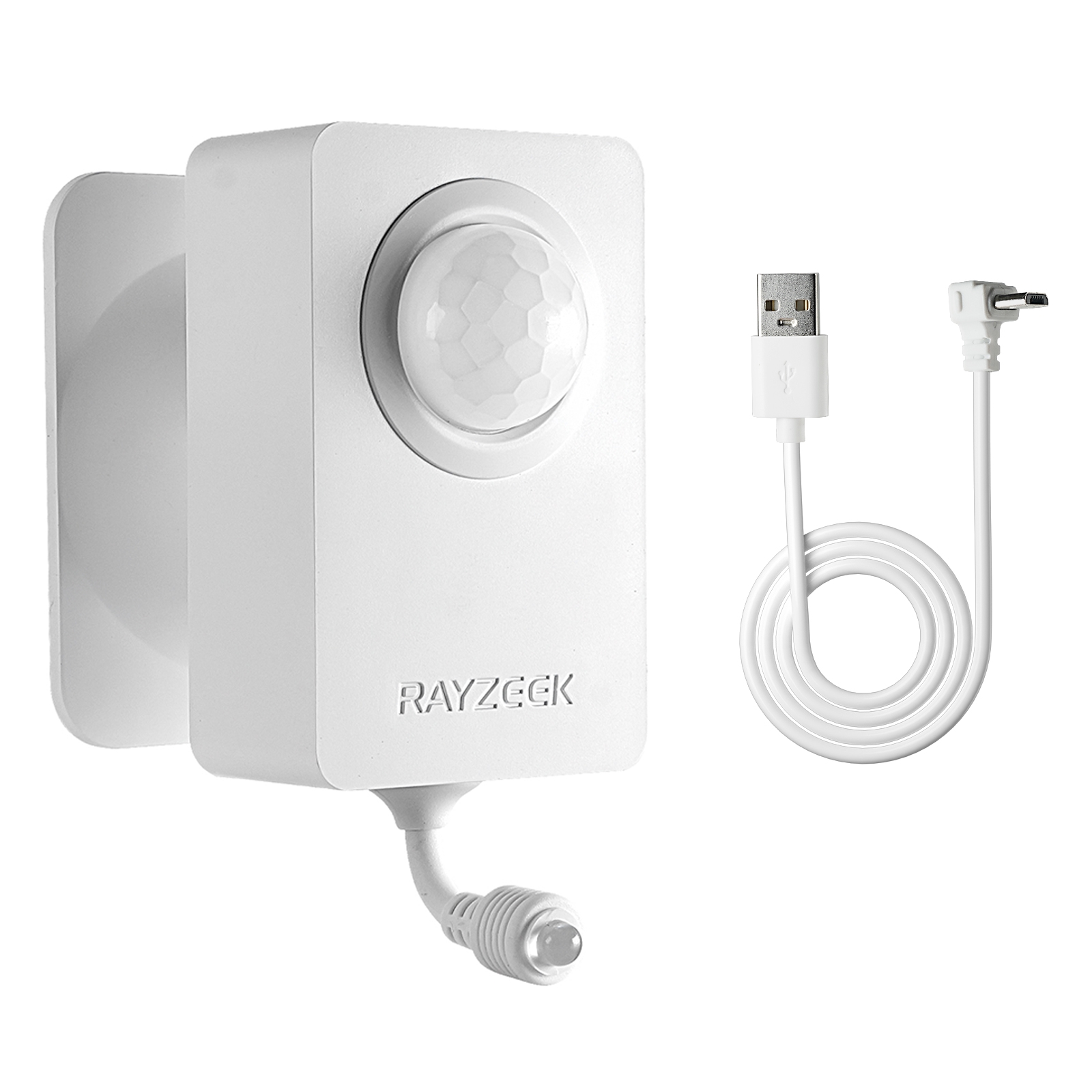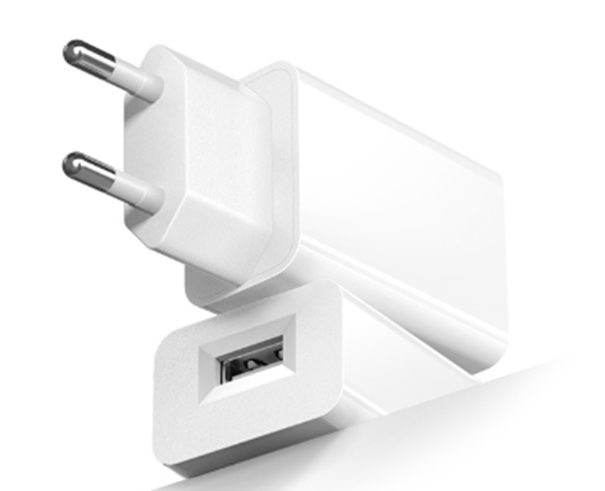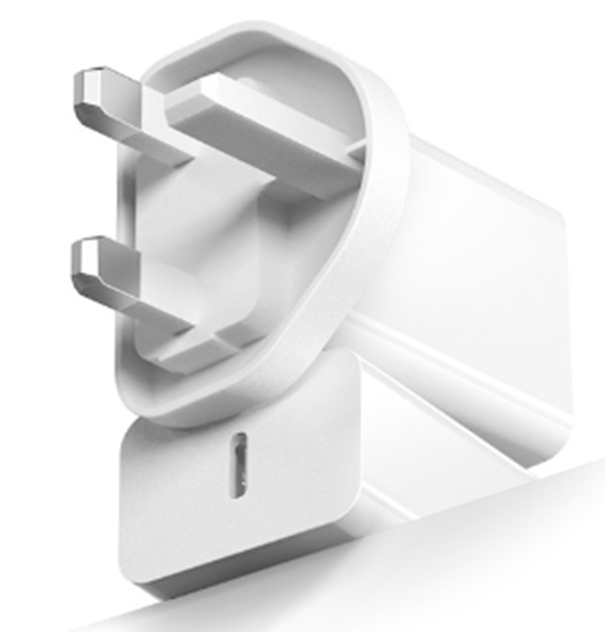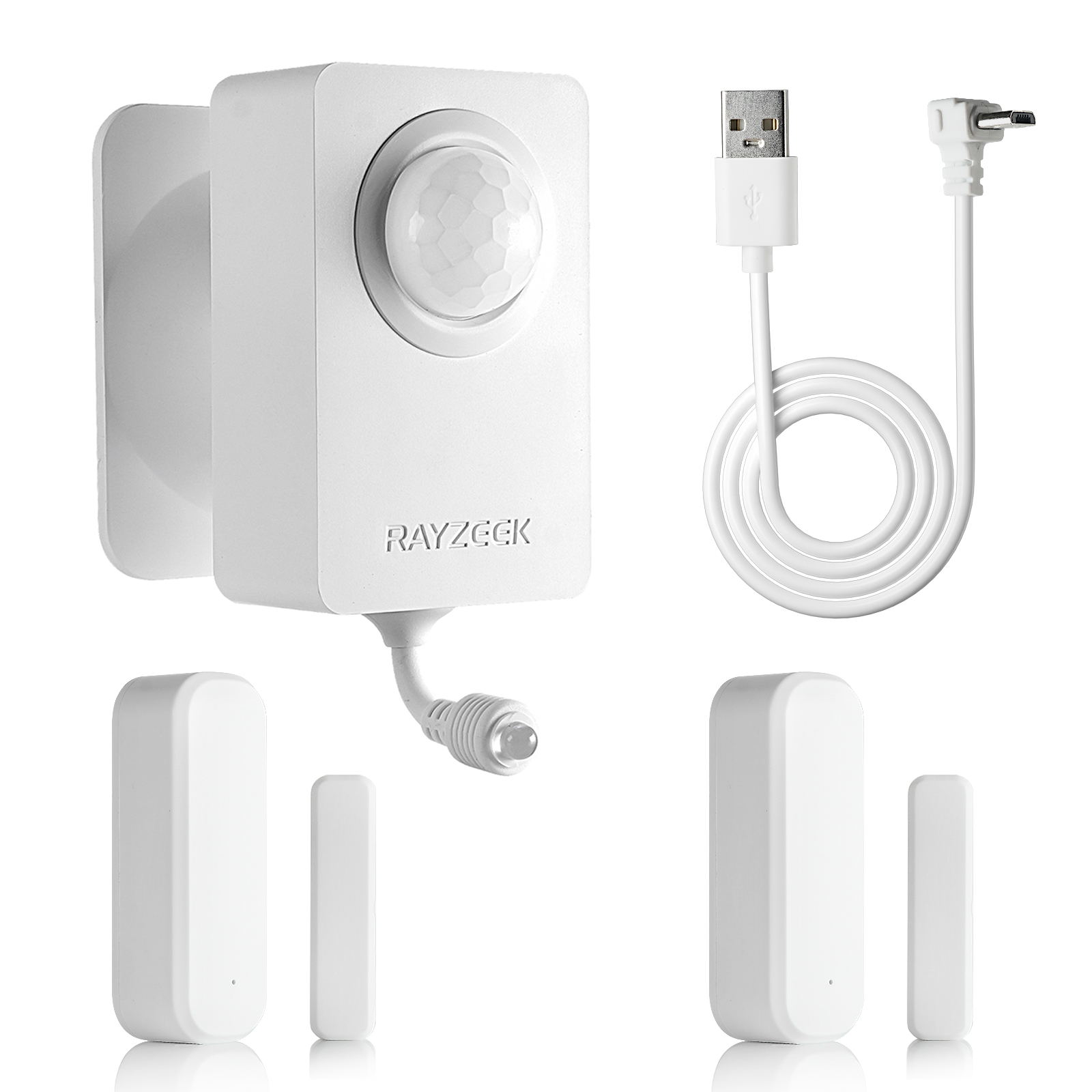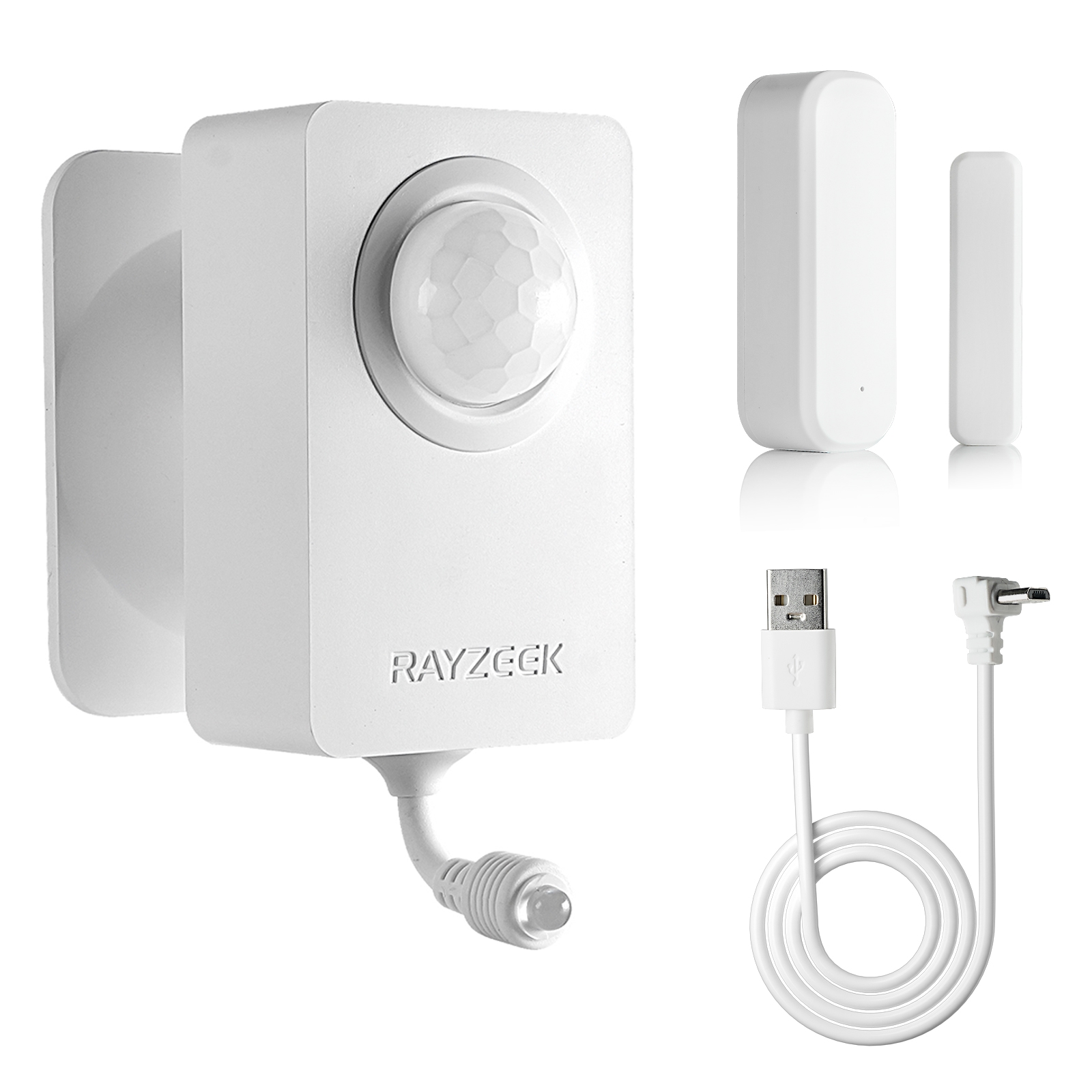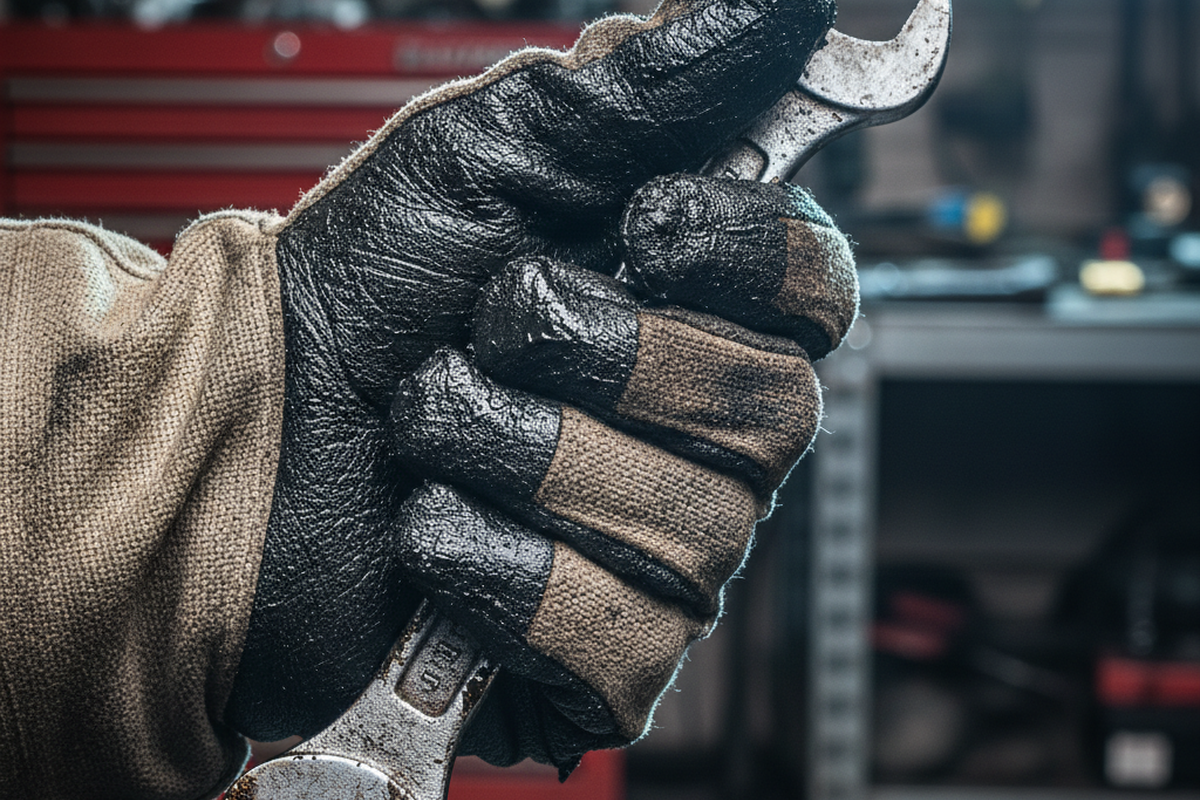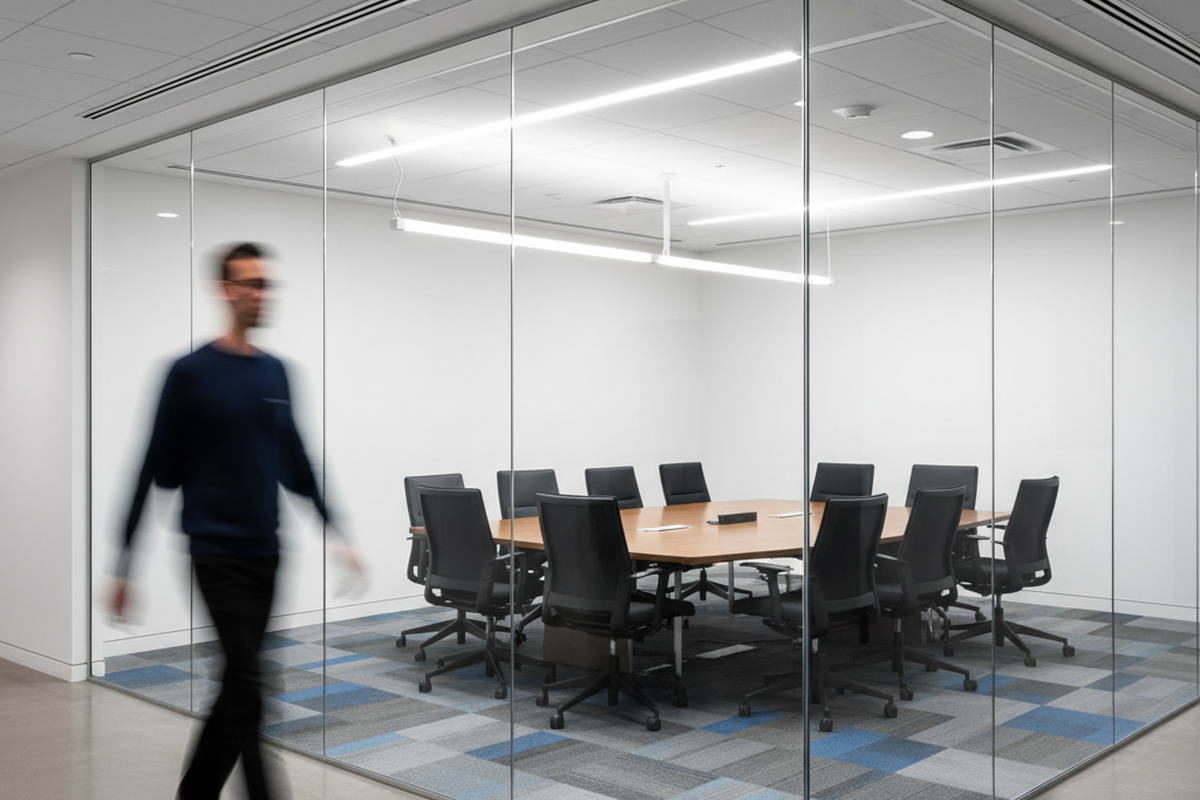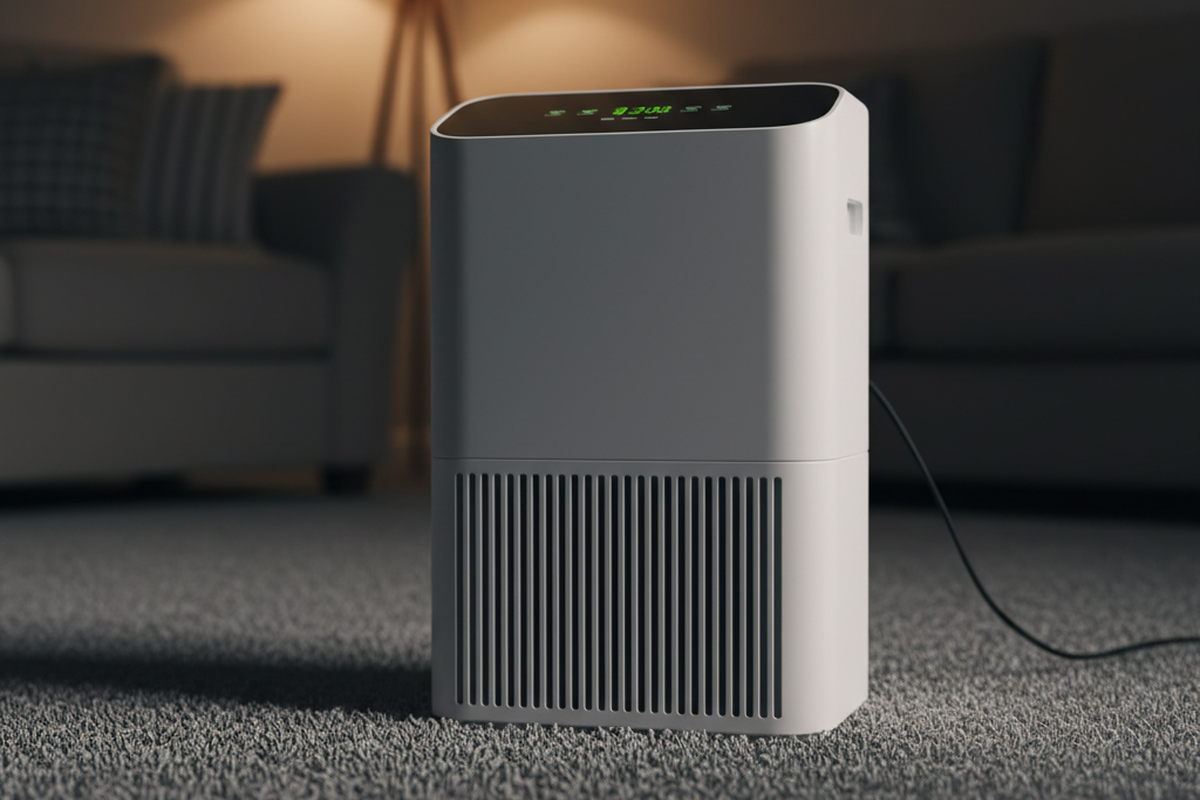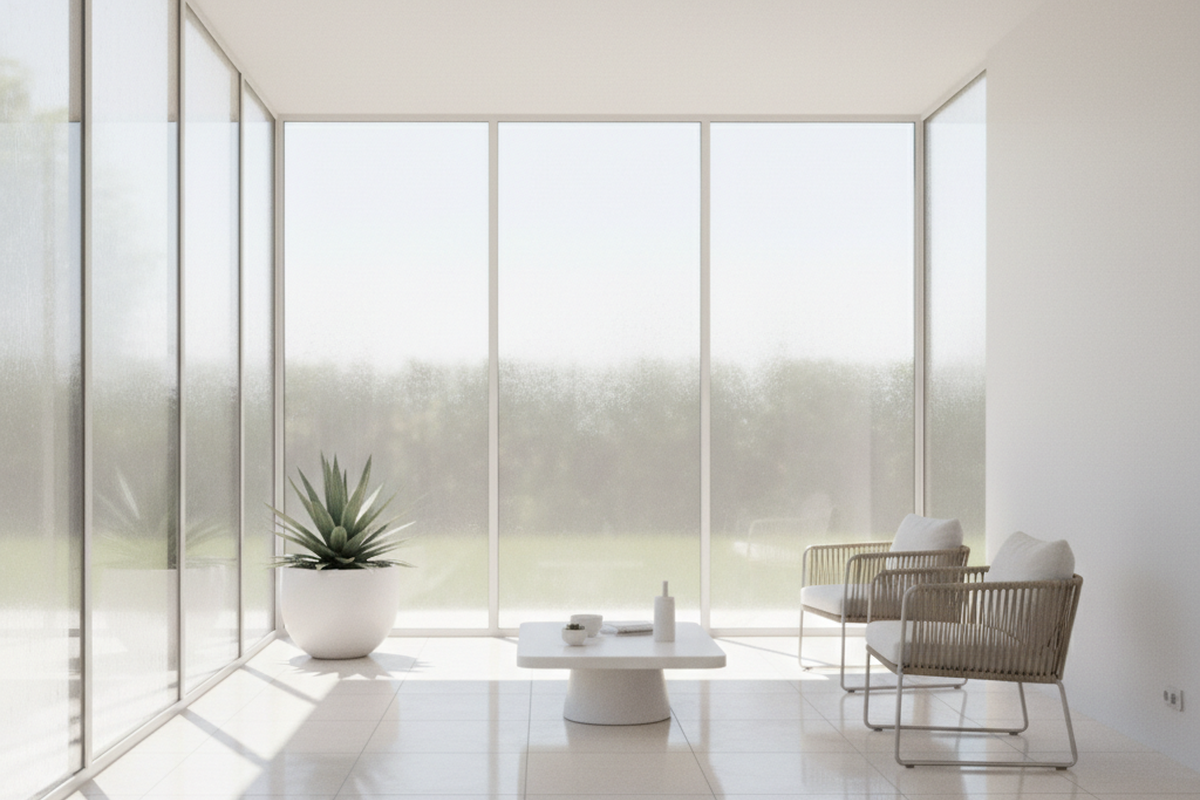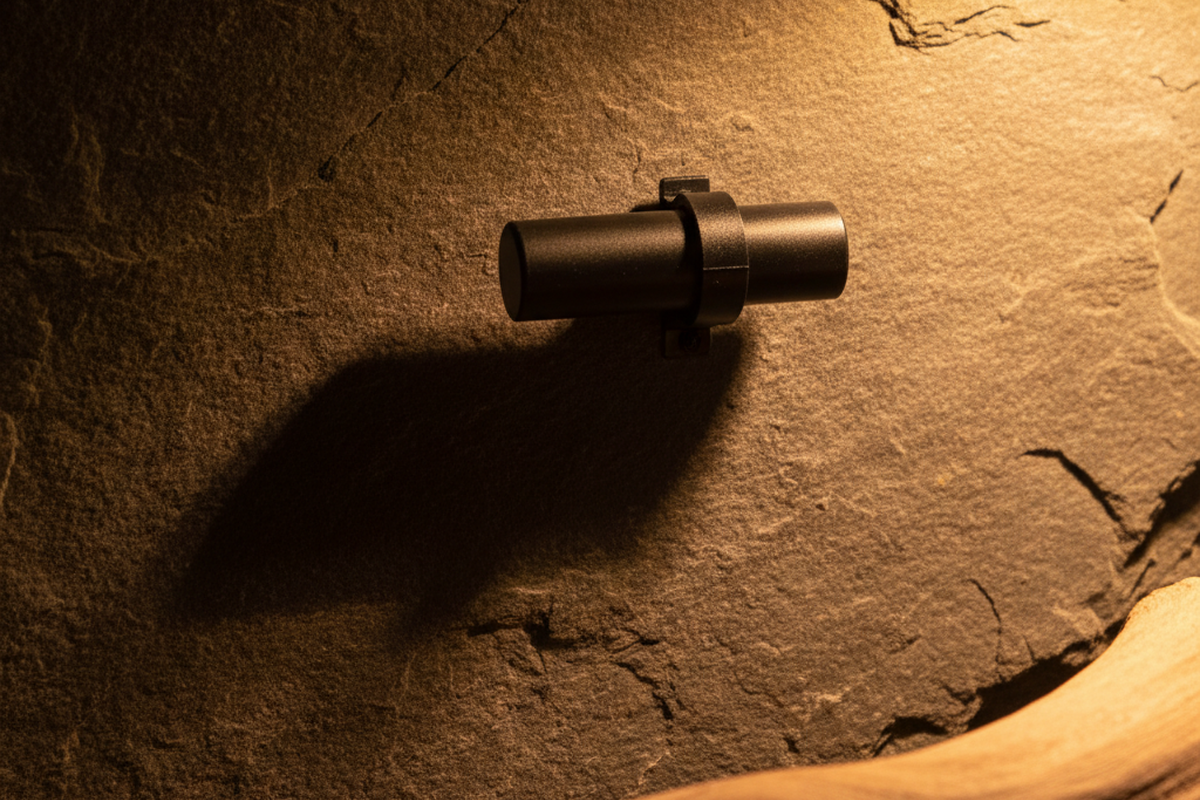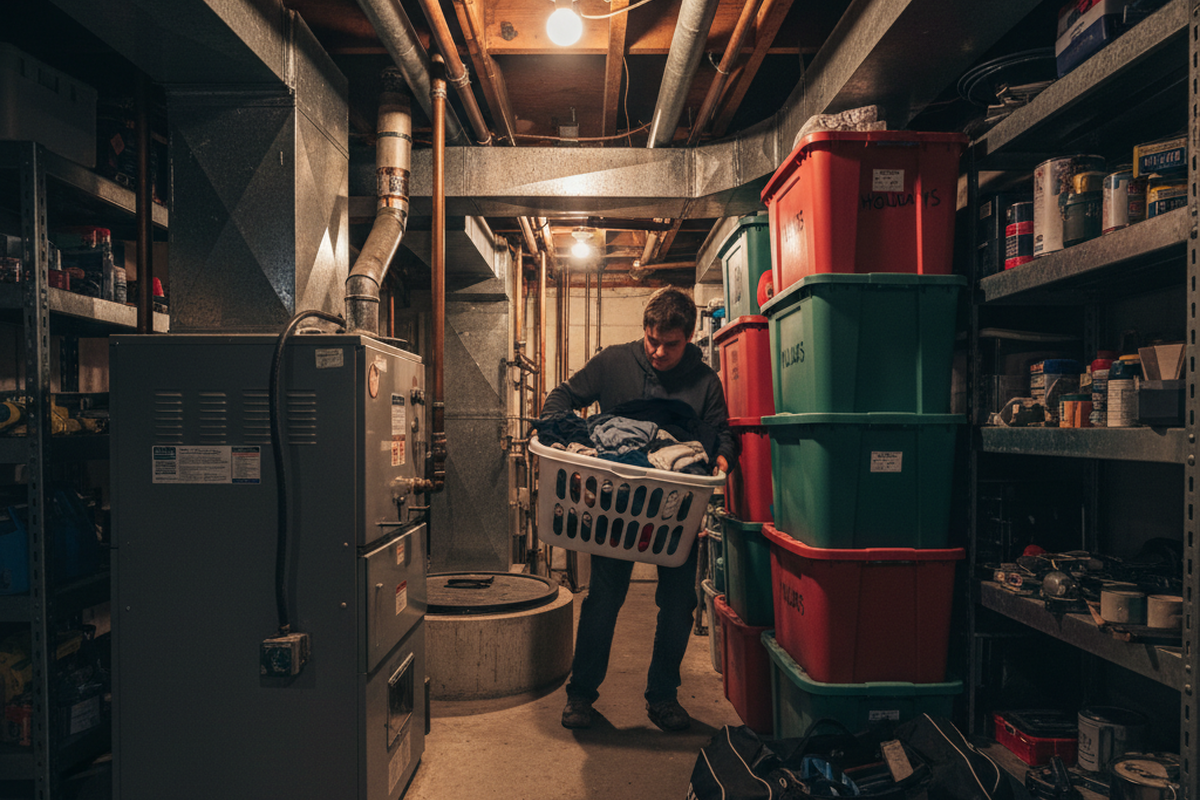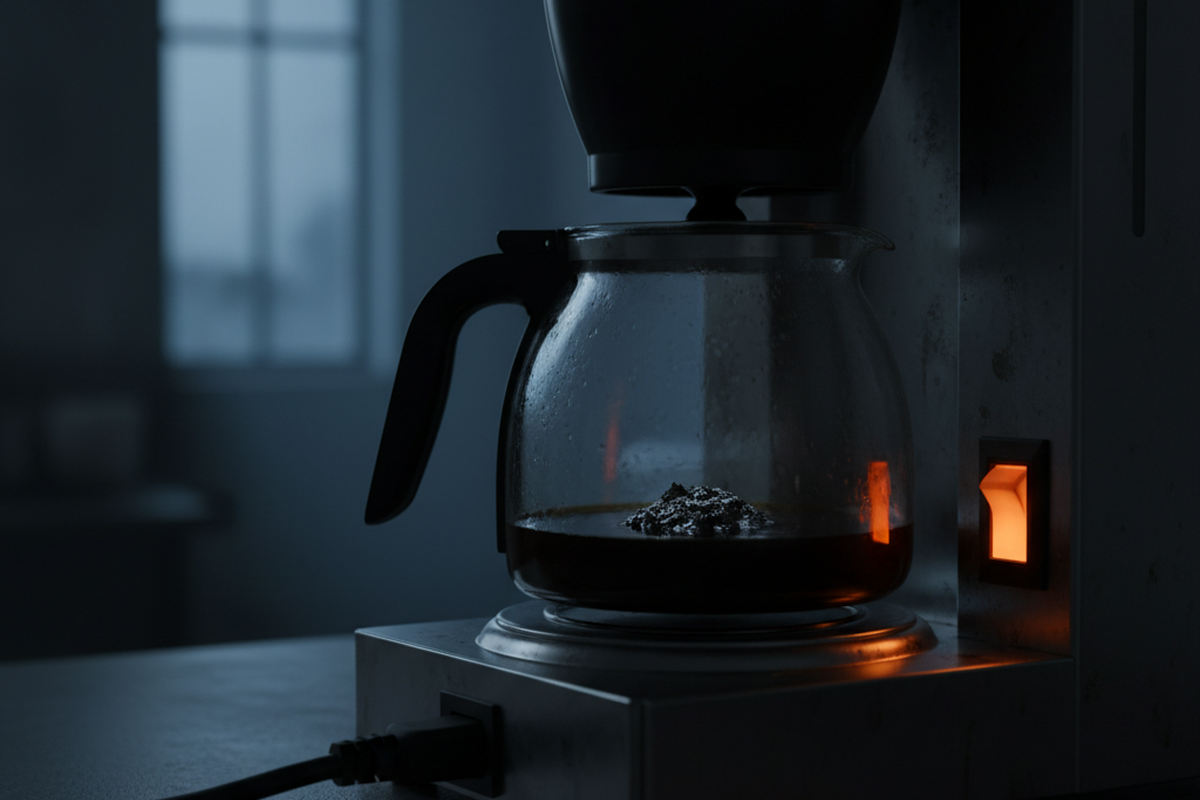What is Heat Dissipation
Heat dissipation is the process of effectively transferring and dispersing heat generated by a lighting component, such as an LED chip, to the surrounding environment in order to maintain optimal operating temperatures. In the lighting industry, heat dissipation ensures the performance, efficiency, and lifespan of LED lights.
Get Inspired by Rayzeek Motion Sensor Portfolios.
Doesn't find what you want? Don't worry. There are always alternate ways to solve your problems. Maybe one of our portfolios can help.
LED lights produce heat as a result of the conversion of electrical energy into light energy. Unlike traditional incandescent or fluorescent lamps, which emit a significant amount of energy as infrared light and have low energy efficiency, LEDs convert almost all of the electrical energy (except for the energy consumed by visible light) into heat. This high energy conversion efficiency of LEDs leads to a substantial amount of heat being generated.
If this heat is not effectively dissipated, it can lead to increased junction temperatures and reduced lifespan of the LED. The junction temperature of an LED is directly related to its light output and lifespan. When the temperature of the LED junction is high, the light output decreases, and the lifespan of the LED is shortened. Therefore, efficient heat dissipation is crucial to maintain the junction temperature within acceptable limits and ensure optimal performance and longevity of LED lights.
Various cooling solutions are employed in the lighting industry to facilitate efficient heat transfer and dissipation. These solutions include the use of heat sinks, which are designed to absorb and disperse heat away from the LED chip. Heat sinks are typically made of thermally conductive materials, such as aluminum or copper, and are designed with fins or other structures to increase the surface area for heat transfer.
Maybe You Are Interested In
In addition to heat sinks, other factors such as thermal interface materials and thermal management design also contribute to effective heat dissipation. Thermal interface materials are used to improve the thermal contact between the LED chip and the heat sink, ensuring efficient heat conduction. The thermal management design of the lighting system involves considerations such as airflow, ventilation, and the overall arrangement of LEDs and heat sinks to facilitate the dissipation of heat.

